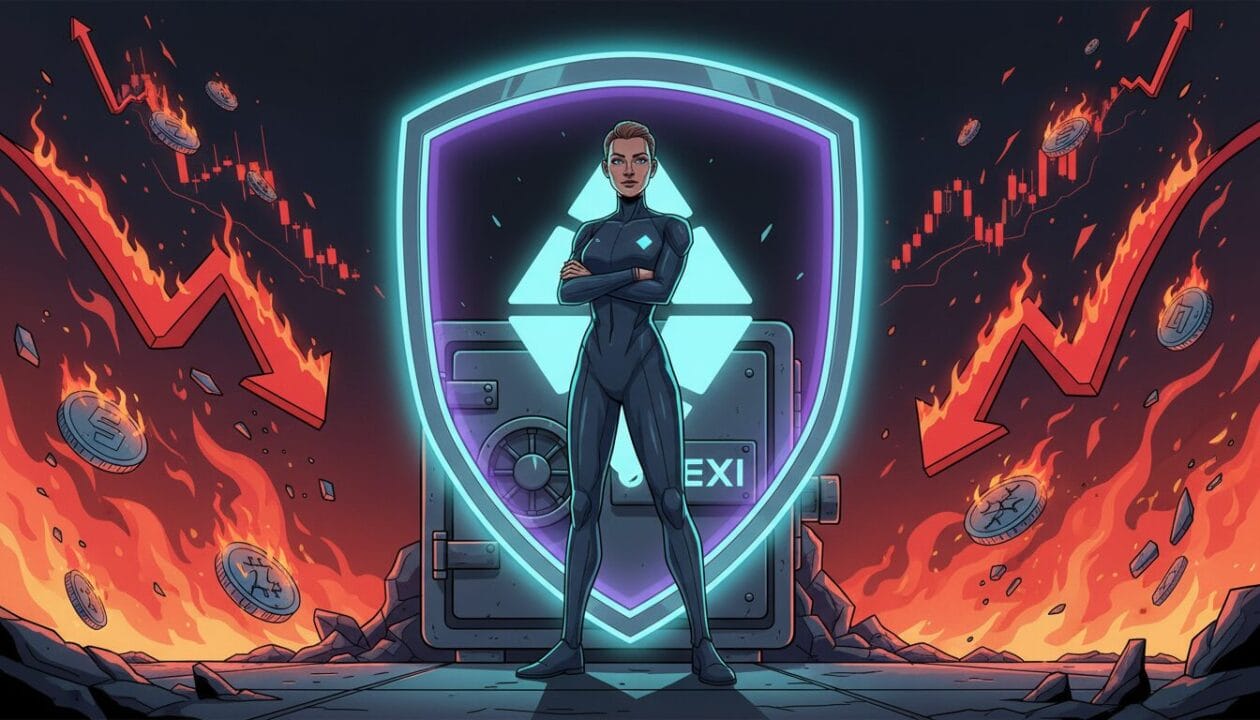Grayscale Report Highlights Solana as a Premier Crypto Economy

Institutional sentiment on Solana is shifting dramatically. In a recent research note, Grayscale dubbed the network “crypto’s financial bazaar,” recognizing it as a hub of economic activity that rivals Ethereum in both usage and developer engagement. This endorsement marks a significant reputational recovery for a chain many had written off after the FTX collapse, underscoring that Solana has become a primary venue for active crypto users.
A Resurgence Backed by Data
Grayscale’s report highlights compelling metrics that paint a clear picture of Solana’s growth. According to data from trackers like DeFiLlama and Token Terminal, the network processes tens of millions of transactions daily and generates hundreds of millions in monthly fees. In 2025 alone, its decentralized exchange (DEX) volume has already surpassed $1.4 trillion, outperforming every other chain.
Developer momentum is equally impressive. Data from Electric Capital reveals that Solana has attracted more new builders this year than any other blockchain, pushing its total developer count past 17,000.
The Institutional Draw
For institutions, Solana’s appeal extends beyond raw speed to predictability. The network’s local fee markets allow individual applications to manage their own congestion, which keeps transaction costs consistently low—often just a fraction of a cent. Combined with 400-millisecond block times and 12-second finality, this provides market makers with the near-instant settlement they require.
Network reliability has also seen marked improvement since a halt in February 2024, with both uptime and liquidity on the rise. Aggregators like Jupiter now facilitate tens of billions in monthly volume, offering institutions a single, efficient point of access to Solana’s expanding DEX ecosystem.
Acknowledging the Trade-Offs
The Grayscale report concedes that Solana’s high performance comes with certain compromises. The network’s demanding hardware requirements lead to centralization, with approximately 99% of staked SOL located in data centers dominated by a few hosting providers. Furthermore, its 4-5% annual inflation and limited fee-burning mechanism position SOL more as a utility asset than a long-term store of value.
Despite these trade-offs, interest continues to grow. Spot SOL exchange-traded funds (ETFs) are reportedly in development, and planned upgrades like Alpenglow and Firedancer are designed to enhance both the chain’s speed and its decentralization.
A New Center of Gravity
Ultimately, Grayscale sees Solana as representing a fundamental shift in the crypto landscape—from pure speculation toward tangible usage. While Ethereum may retain its status as the primary monetary layer, Solana’s powerful combination of performance, liquidity, and user activity is cementing its role as the industry’s busiest marketplace.
The success of its next upgrades will determine whether this “financial bazaar” evolves into a lasting economic hub. For now, it’s clear Solana has re-entered the conversation not just as a survivor, but as a formidable leader.











